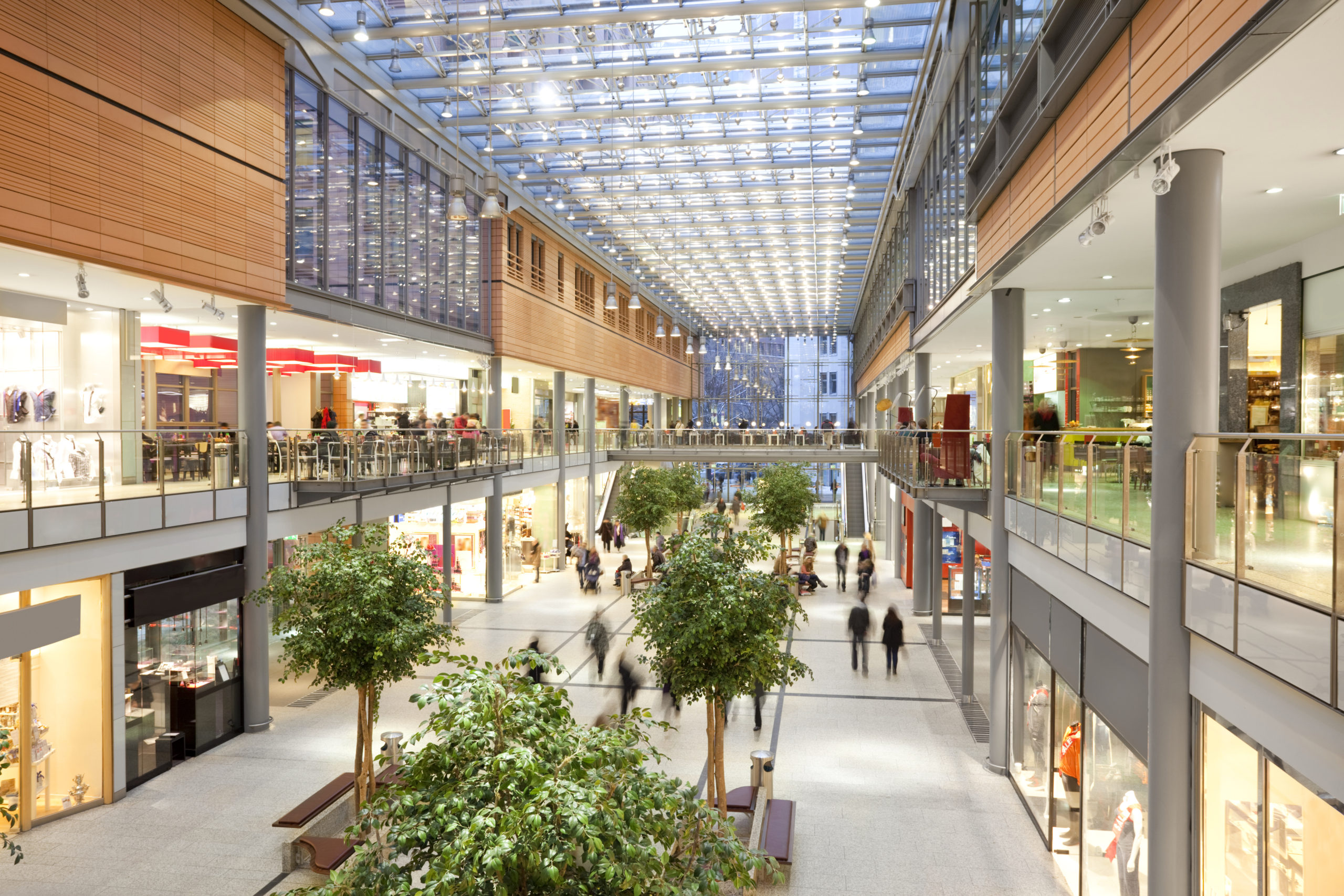Is Housing the Next Play for Vacant Malls?
Long live the American mall. These dreamy retail hubs were once bustling scenes of activity, fun, and commerce. If you needed to shop, you went to the nearest mall. There was no question, no contest, and no real competitors. The mall was the golden child of the US retail footprint.
But that was years ago. Today’s mall scene has turned bleak as brick and mortar retail has fallen to the wayside in light of e-commerce. The vacancy rate of malls reached the highest point in 2 decades this year. And, thanks to the coronavirus pandemic’s massive disruption to physical retail, malls have since seen even more closures.
While shopping centers with a fresh spin still do hold irrefutable promise for commercial real estate, there’s no doubt that the massive square footage currently occupied by dying mall spaces will be reconfigured.
In the past, there has been a lot of talk about the future of vacant mall spaces. The possibilities for abandoned malls were manifold. From schools to mixed-use centers, the options were at the forefront of CRE retail analyst’s forecasts.
But right now, as affordable housing is in high demand, the new move for malls may be decided.
A New Future for Mall Spaces
Housing is being examined as the next possible phase for mall CRE. The U.S government recently went public with their prospective plans to convert retail spaces into residential communities.Transitioning empty storefronts into micro-apartments would flood supply into metropolitan markets, helping to ease the housing shortages plaguing cities all around the country.
In essence, mall spaces would be transformed into multifamily communities. In many cases, these would become mixed-use developments that blend retail, office, and living spaces all in one set up.
After a few alterations to the physical space, failing malls could easily be retrofitted into attractive housing options.
Is Housing the Right Move?
There are so many options for the future of empty malls – is housing really the best bet?
Despite all of the potentials, housing is an imminent need, and malls are inherently built with many of the in-demand resources that housing developers are looking for.
By their very nature, malls do make strong prospects for multifamily projects. Malls are located in centralized areas that are geared around attracting traffic and remaining accessible. In order to accommodate changing tenants, the units are easy to renovate. Malls are also built around public transit options, making transportation a key benefit of these locations.
It’s impossible to deny the fact that malls hold immense promise in creating community hubs for living and working.
Paving the Way
In light of the market’s hesitant response to converting malls into communities, a few brave players have already made headway into this trend. By taking the first steps, they’re providing a model for the industry to gauge the reality of these transformational projects.
Keep an eye on the progress of this trend to stay ahead of the curve – it may be one of the biggest areas of opportunity for CRE into 2021 and beyond.


